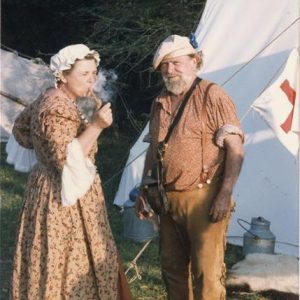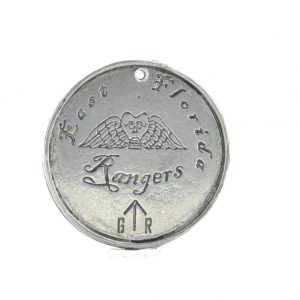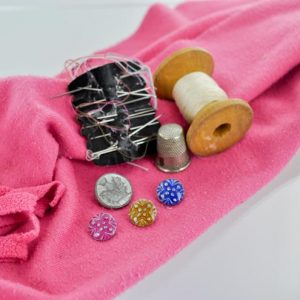I remember my first pair of concords in the early 1990s. I was all dressed up and had on my first pair of our Concords. I was somewhere in rural Alabama, going to a Southeastern National Rendezvous. I stopped at a local supermarket to pick up some last-minute essentials. I was coming around the corner of an aisle on my way to check out, with a twelve-pack of essentials under each arm, as I turned the corner my feet just went out from under me. Down I go like a wet tent, my cargo of cans burst forth out of their boxes and ran free across the store floor. I grabbed my tricorn and, in as dignified a manner, as I could under the circumstances), picked up my cans, and made my way to the check outline. My mother Nancy had her mobcap on, a print dress and a fancy pocket pouch. As we were leaving, I overheard someone saying, “must be Mormons.” The use of heal plates is better for dirt, gravel, mud, clay, and dry grass. Using heel plates, you should also consider the use of hobnails. If you’re walking mainly on asphalt, when you are on man-made surfaces, go with all hobnails as they will lock in and hold you in one place. However, do not go on the wooden floor as the hobnails and or heel plates will tear up the floor. They extend the life of the sole the same way we use rubber now. The rubber sole came in the early 1900s. After thirty years of wearing leather shoes, I have my pair with ¾ soled stuff that looks just like leather.






Leave a Reply